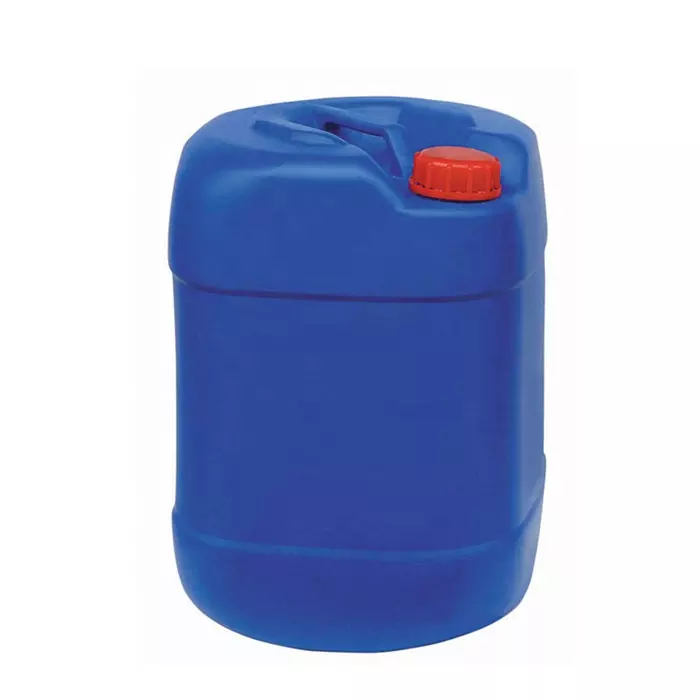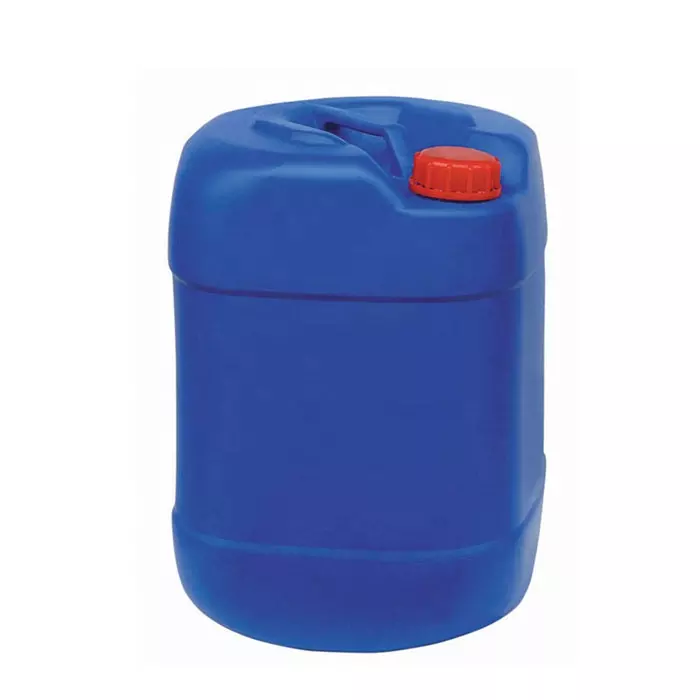Polyurethane (PU) rigid foam is a widely used insulation material, known for its excellent thermal performance and energy efficiency. However, the production and use of traditional PU rigid foam can result in the emission of volatile organic compounds (VOCs) and unpleasant odors, which can negatively impact indoor air quality and human comfort. To address these concerns, the development of low odor polyurethane rigid foam catalysts has emerged as a promising solution. This article will discuss the importance of low odor PU rigid foam catalysts, their benefits, and their role in promoting healthier and more comfortable indoor environments.
The Need for Low Odor Polyurethane Rigid Foam Catalysts
Traditional PU rigid foam insulation is produced by reacting polyols and isocyanates in the presence of catalysts, blowing agents, and other additives. During this process, residual chemicals and byproducts can emit VOCs and unpleasant odors, which can persist even after the foam has been installed. Exposure to these emissions can cause various health issues, such as eye, nose, and throat irritation, headaches, and respiratory problems. Moreover, the presence of unpleasant odors can negatively affect human comfort and overall satisfaction with the insulation material.
To mitigate these issues, the development of low odor PU rigid foam catalysts has become a key focus in the insulation industry. These catalysts are designed to minimize the emission of VOCs and odors during the production and use of PU rigid foam, ultimately improving indoor air quality and human comfort.
Benefits of Low Odor Polyurethane Rigid Foam Catalysts
Improved Indoor Air Quality: Low odor PU rigid foam catalysts significantly reduce the emission of VOCs and unpleasant odors, contributing to healthier and cleaner indoor environments. This is particularly important in sensitive applications, such as schools, hospitals, and residential buildings, where maintaining good indoor air quality is crucial for occupant health and well-being.
Enhanced Comfort: By minimizing unpleasant odors, low odor PU rigid foam catalysts help create more comfortable living and working spaces. This can lead to increased occupant satisfaction and improved overall perception of the insulation material.


Compliance with Regulations and Standards: As concerns over indoor air quality and VOC emissions continue to grow, various regulations and standards have been established to limit the emission of harmful substances from building materials. The use of low odor PU rigid foam catalysts helps manufacturers comply with these requirements, ensuring the production of safer and more environmentally friendly insulation products.
Market Differentiation: By offering low odor PU rigid foam insulation, manufacturers can differentiate their products in the competitive insulation market. This can lead to increased demand and customer loyalty, as consumers become more aware of the importance of indoor air quality and odor control.
Examples of Low Odor Polyurethane Rigid Foam Catalysts
Several low odor PU rigid foam catalysts have been developed in recent years, each with its unique formulation and performance characteristics. Some examples include:
Amine Catalysts: Traditional amine catalysts, such as triethylenediamine (TEDA) and dimethylcyclohexylamine (DMCHA), can be replaced with low odor alternatives, such as N,N-dimethylcyclohexylamine (DMCA) and 1-methylcyclohexylamine (MCHA). These catalysts offer similar performance to their traditional counterparts but with significantly reduced odor and VOC emissions.
Metal Catalysts: Metal-based catalysts, such as tin and bismuth octoates, can also be formulated to have low odor properties. These catalysts are often used in combination with amine catalysts to achieve optimal curing and foam performance while minimizing odor and VOC emissions.
Glycerin-Based Catalysts: Glycerin-based catalysts, such as glycerin-derived polyols, can be used as a replacement for traditional polyols in PU rigid foam production. These catalysts offer reduced odor and VOC emissions, as well as improved sustainability due to their renewable origin.
In conclusion, low odor polyurethane rigid foam catalysts play a crucial role in addressing concerns related to indoor air quality and human comfort in insulation applications. By minimizing the emission of VOCs and unpleasant odors, these catalysts contribute to healthier and more comfortable indoor environments, while also helping manufacturers comply with regulations and differentiate their products in the market. As the demand for safer and more sustainable insulation materials continues to grow, the development and adoption of low odor PU rigid foam catalysts are expected to gain further momentum in the insulation industry.
Recommended Related Reading:
Toyocat DT strong foaming catalyst pentamethyldiethylenetriamine Tosoh



